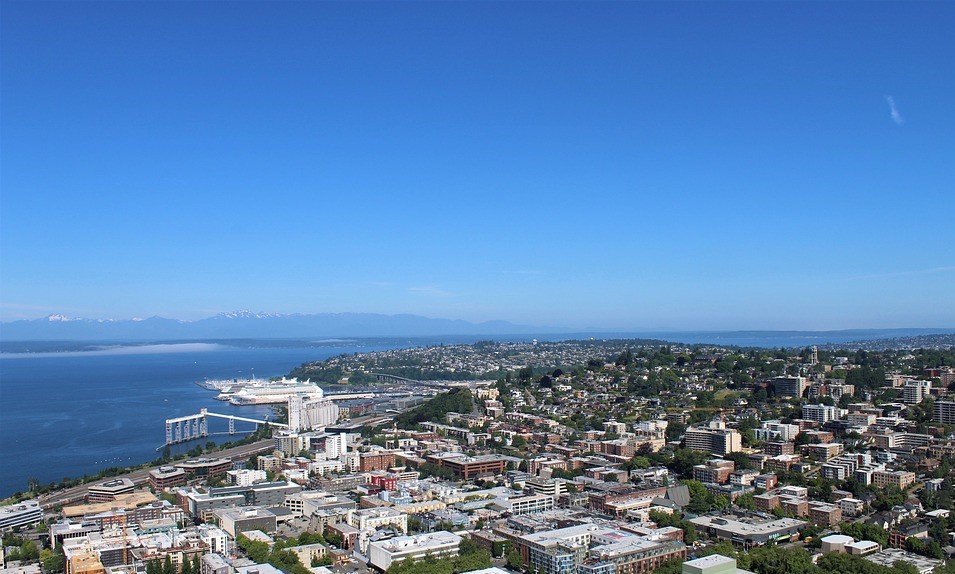Protecting our region’s environment and confronting the causes of climate change, while addressing the need for more housing are priorities for all our communities, but there are misconceptions that we can’t focus on both. We look to the experts to learn how our cities can address the housing crisis and climate change.
It’s clear that housing is a major priority for our region, but where that much-needed housing is built can have a significant climate impact. Research from the University of California, Berkeley, found that “infill housing is probably the single most impactful measure that cities could take to reduce their emissions.” Infill housing is complementary to single family homes and includes various housing types, such as townhomes, ADUs and more. With the passage of middle housing legislation, there will be an increased opportunity to expand this type of housing in our region alongside single-family homes.
When new housing is planned near public transit, grocery stores, schools, workplaces, and other spaces people routinely visit, more people can afford to live there, and communities are less reliant on cars to get where they’re going. Because of the existing infrastructure across our region, increasing infill housing allows us to maximize our resources and save costs in our communities and costs to our planet.
Reducing sprawl isn’t the only way to increase housing in a sustainable way. Research shows that communities can house more people and have the trees and green areas that support biodiversity—which is healthy for people, too. With thoughtful planning, cities can protect valuable green spaces and increase housing choices at the same time.
There are many misconceptions that thriving, walkable communities will lack beautiful trees and natural areas. Experts in urban planning and the environment say that we can—and need—to have both. Balanced policies are essential to addressing the Puget Sound region’s housing crisis and reducing our carbon footprint.

